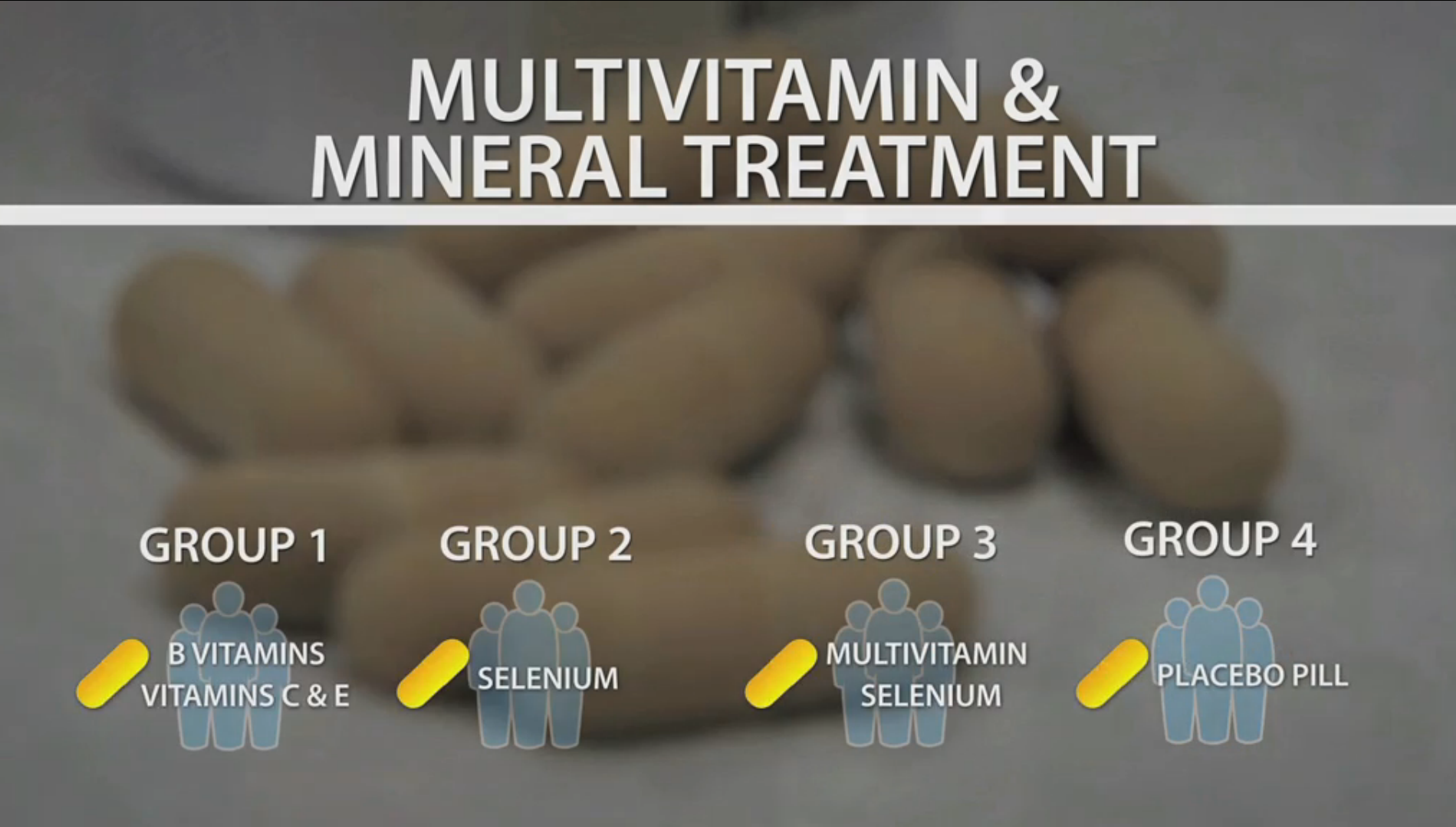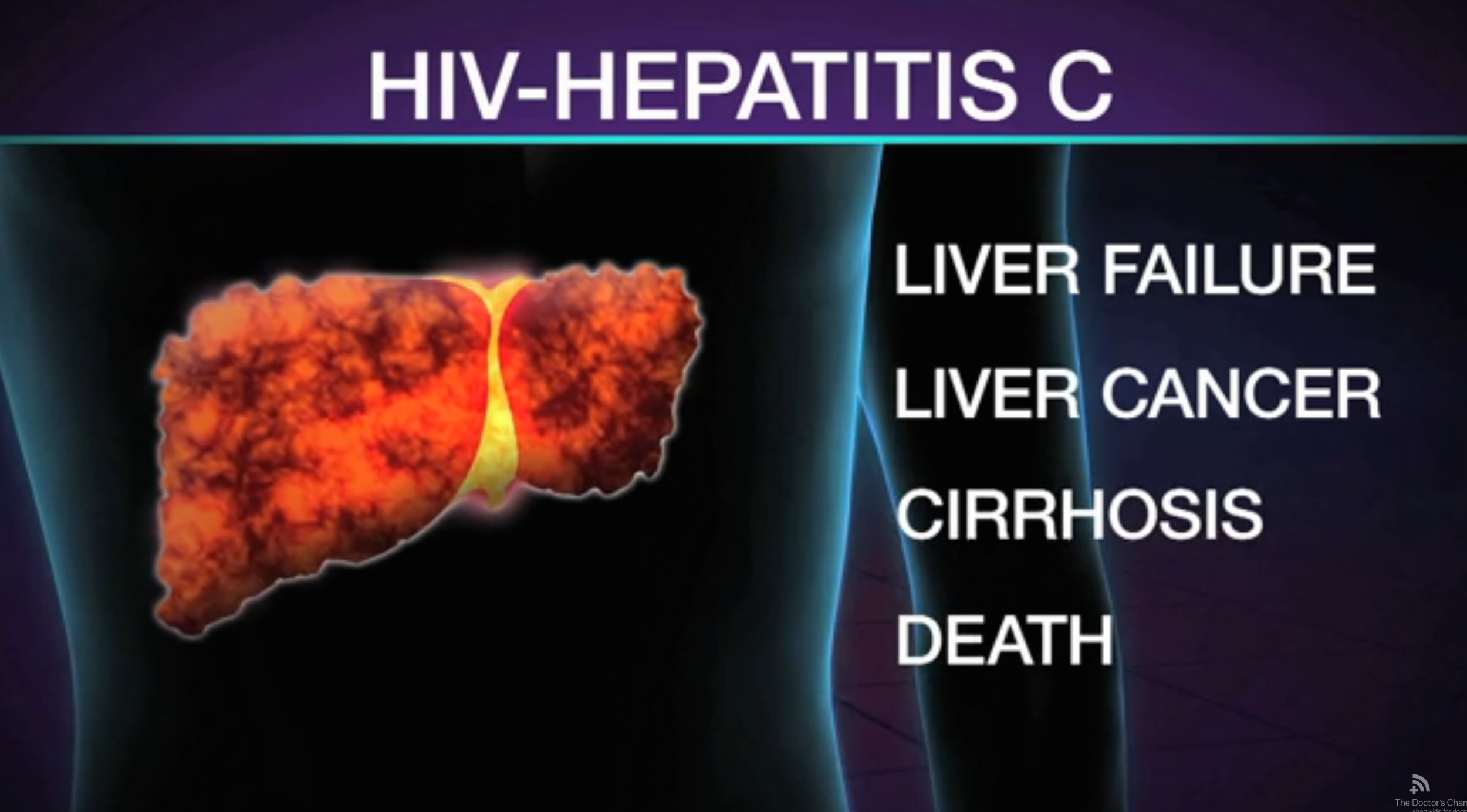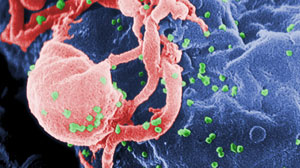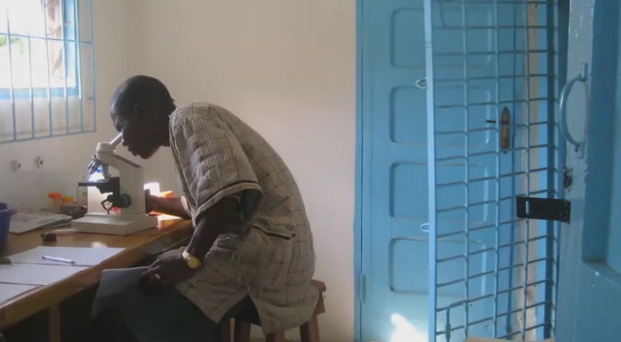The HIV/AIDS Channel
December 27, 2011 • HIV/AIDS, Infectious Diseases, Neonatology, Ob/Gyn, Pediatrics, Reuters Health • The Doctor's Channel Newscast
NEW YORK (Reuters Health) – In pregnant HIV-infected women treated with a single intrapartum dose of nevirapine (NVP) to prevent vertical HIV transmission, the subsequent selection of nevirapine-resistant virus can be substantially reduced with various short-term antiretroviral “tail” regimens.
The findings, reported in Clinical Infectious Diseases online December 5, come from a multinational trial conducted in Thailand.
“The finding that a short tail of highly active antiretroviral therapy was as effective as a longer tail suggests that early suppression of viral replication prevents the selection of resistant virus for the full duration of NVP exposure,” the authors point out.
Dr. Russell B. Van Dyke, at Tulane University Health Sciences Center in New Orleans, Louisiana, and colleagues explain that a 1-week postpartum “tail” of lamivudine and zidovudine after single-dose nevirapine has been shown to reduce the risk of nevirapine-resistant virus emerging. Other tail regimens are also effective.
The team hypothesized that a longer or more potent tail regimen might reduce the incidence of NVP resistance further. To test that, they recruited 139 HIV-infected pregnant Thai women who were first given a 200-mg dose of NVP at onset of labor. They were then randomized to one of three treatment regimens: zidovudine, didanosine, and lopinavir plus ritonavir (ie, HAART) during labor and for 7 days postpartum; zidovudine and didanosine (ie, dual reverse-transcriptase inhibitors) during labor and for 30 days postpartum; or the HAART regimen for 30 days postpartum.
When measured by the sensitive oligonucleotide ligation assay (OLA), the incidence of new NVP resistance mutations up to 6 weeks postpartum in the three groups was 1.8%, 7.1%, and 5.3%, respectively, the investigators found. That compares to an incidence of 29.4% in a similar historical control group.
No resistance mutations were detectable by consensus sequencing, indicating that the resistance mutations detected by OLA were present in low frequency and likely to decay rapidly after NVP clearance, Dr. Van Dyke and colleagues comment.
Weighing up the pros and cons of the tail regimens tested in this trial, they conclude: “In choosing among these options, 7 days of highly active antiretroviral therapy has the advantage of a short duration of therapy, but the cost, potential for intolerance, and limited availability of lopinavir and ritonavir in some locations may be a disadvantage. On the other hand, 30 days of dual reverse-transcriptase inhibitor therapy has the advantage of simplicity and low cost, but the longer duration of therapy has the potential for poorer adherence.”
SOURCE:
A Comparison of 3 Regimens to Prevent Nevirapine Resistance Mutations in HIV-Infected Pregnant Women Receiving a Single Intrapartum Dose of Nevirapine
Clin Infect Dis 2011.






